AO Edited
Arthur's Seat
This extinct volcano rises above Edinburgh and is special for its panoramic views over the city.
It is quite remarkable to think that Arthur’s Seat, a large hill sitting to the southeast of Edinburgh, was an active volcano many million years ago. The now dormant volcanic plug sits at a height of 251 meters (823 feet) and gives fantastic views over the city of Edinburgh, North Berwick on Scotland’s east coast, and the North Sea beyond.
It is thought that around 350 million years ago, Arthur’s seat was formed by a volcanic eruption and the two bumpy summits are what is left of the volcano’s central vents (from where the hot lava would have poured out many years ago). This iconic shape is recognizable from all sides of the city and is often used as a landmark for locals to navigate their way around.
The exact origins of the name are unclear and the most common theory put forward by historians is that it was the site of the legendary Camelot, home of King Arthur and his noble Knights of the Roud Table. There is an age-old tradition that exists to this day on May Day (1st of May) each year where young local women wash their face in the dew of the hillside. It was said in legend that this allowed them to maintain youthfulness and bring eternal beauty.
There is also the theory that it pertains to the Gaelic expression, Àrd-Na-Said. Which roughly translates to “Height of Arrows.” As Holyrood Park was the Royal Hunting Grounds, the farthest an archer could shoot their arrow, 251 meters, would reach the top of Arthur’s summit or seat as it were.
The Scottish writer Robert Louis Stevenson summed up the importance and significance of Arthur’s Seat by saying it was “a hill for magnitude, a mountain in virtue of its bold design”. While this iconic hill now lies dormant, it is a seat of nature’s greatness that sleeps peacefully looking over the nation’s capital city.
Know Before You Go
Getting to the summit of Arthur's Seat and back will take around two hours. There are several online websites and guidebooks which will suggest the various routes to the summit. As this is a popular attraction, there are several defined trails, of varying levels of difficulty, dotted around. The paths are mostly dirt & rubble, so wear sensible shoes and choose a dry day. Depending, it can be pretty windy at the summit, and space is quite limited.
For the adventurous and avid hiker, the southwest slope offers a steep and rocky ascent. There is a small parking lot located on the east side, on Queen's Drive off Duke's Walk. The climb is quicker but at the cost of a sheerer grade. All roads in the park are closed to motorized vehicles on Saturdays and Sundays. The Holyrood Park website offers information, events, lectures, and walks. Access to the park is free and is open year-round unless stated otherwise for special occasions. NOTE: There is no actual "seat" at the peak, just a spectacular 360-degree vantage point.


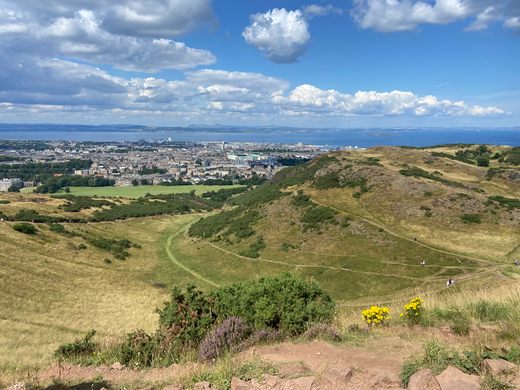
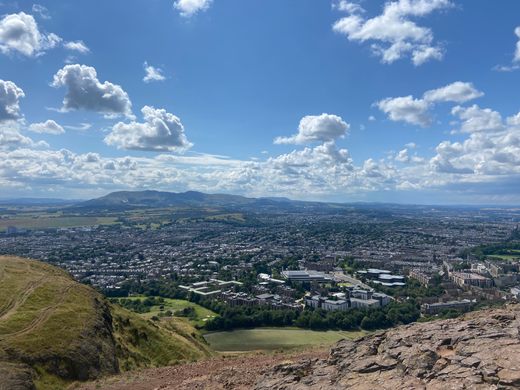











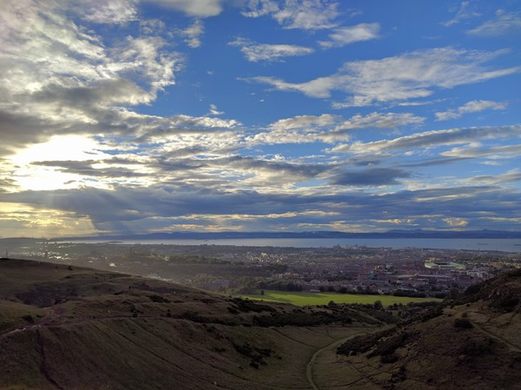
















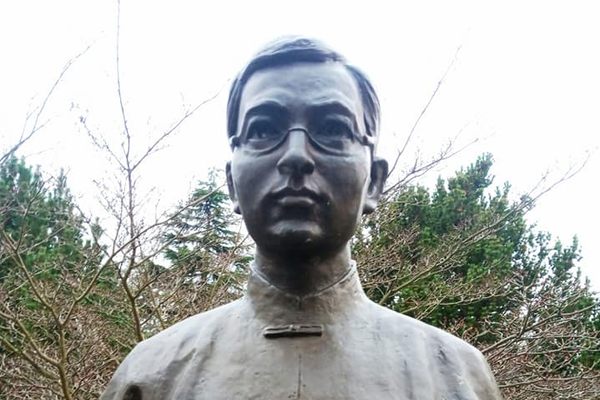
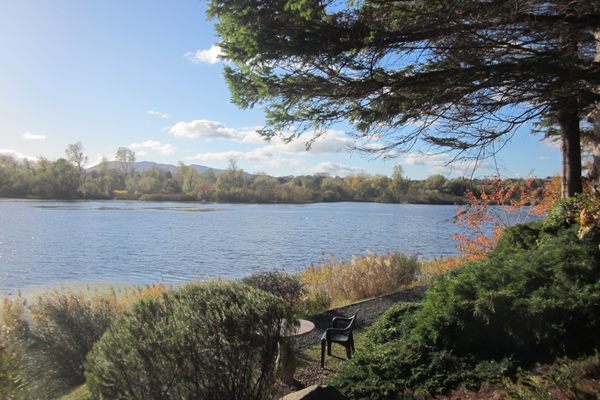

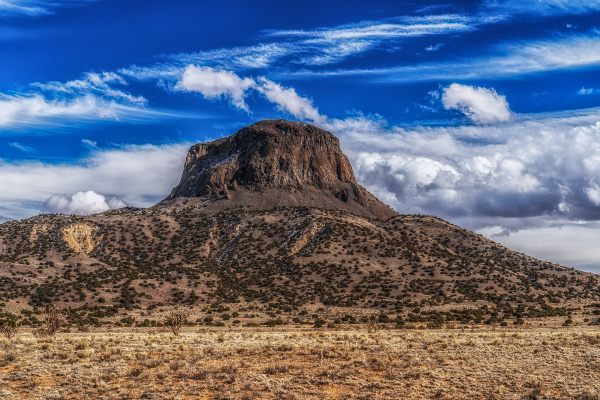


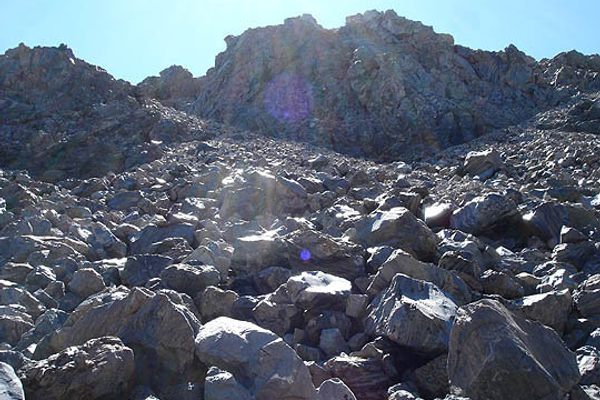

Follow us on Twitter to get the latest on the world's hidden wonders.
Like us on Facebook to get the latest on the world's hidden wonders.
Follow us on Twitter Like us on Facebook